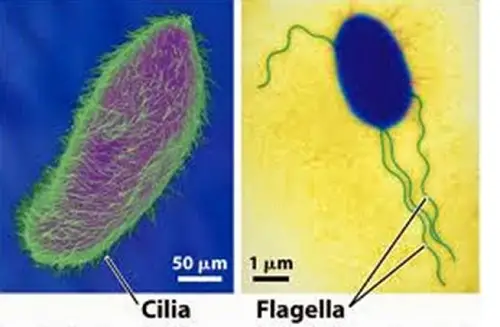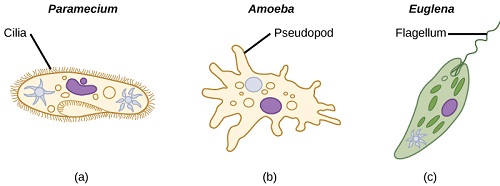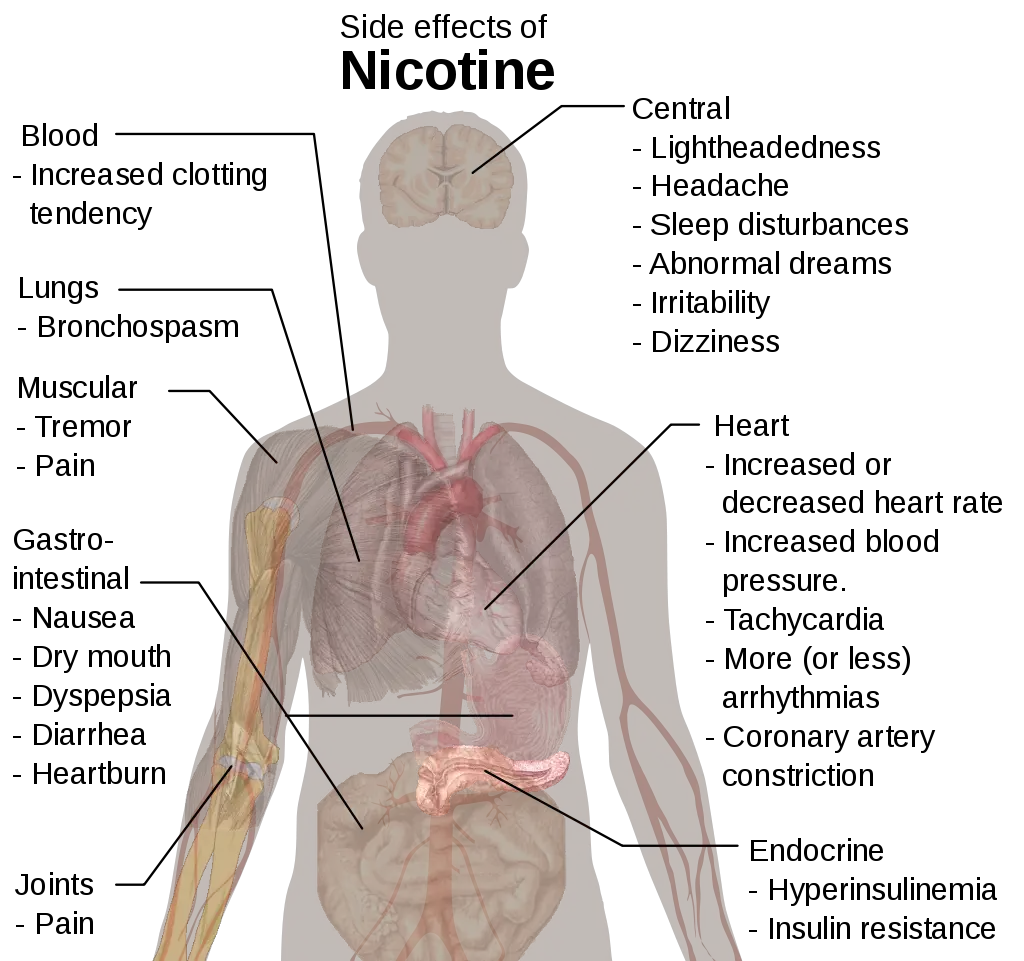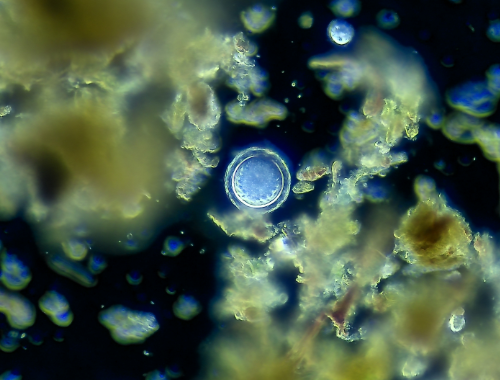Cilia refers to hair-like structures that are found in some cells of various organisms. Most cilia are present in single-cell organisms, but they can also be found in the cells of animals and humans, particularly in the trachea and fallopian tubes. When viewed under a microscope, the hair-like structures are somewhat in constant motion. This activity of cilia actually provides a variety of purposes for different organisms. In the case of human beings, the cilia found in the trachea, for example, function to help transport harmful materials out of the lungs. Things like dirt and mucus can be blocked from entering the lungs with the help of the ciliary action in the trachea. Â In the case of women’s fallopian tubes, the ciliary action also helps in the transport of materials along these narrow paths. These materials may be in the form of substances and nutrients that the female reproductive organs need to stay healthy at a given time in the natural menstrual cycle.
For other organisms, cilia provide a means of locomotion. Organisms that can survive in the water or in some form of liquid may need to go from one place to another. Without any force in the water, the cilia will help in terms of moving from one spot to another. This is especially true for organisms such as the paramecium. Aside from movement, this particular organism and similar forms also use their ciliary actions to obtain food. The hair-like structures found in their oral cavities basically act to trap food and/or take food to ingest.
Ciliary action or movement could also be a means of reproduction for some organisms. In the case of the amoeba, its cilia will constantly move its various parts into different directions. This is done in order for the organism to divide and/or reproduce into two different organisms. For the amoeba and similar organisms, the division is typically done at right angles with all components present in the two reproduced organisms.












Leave a Reply